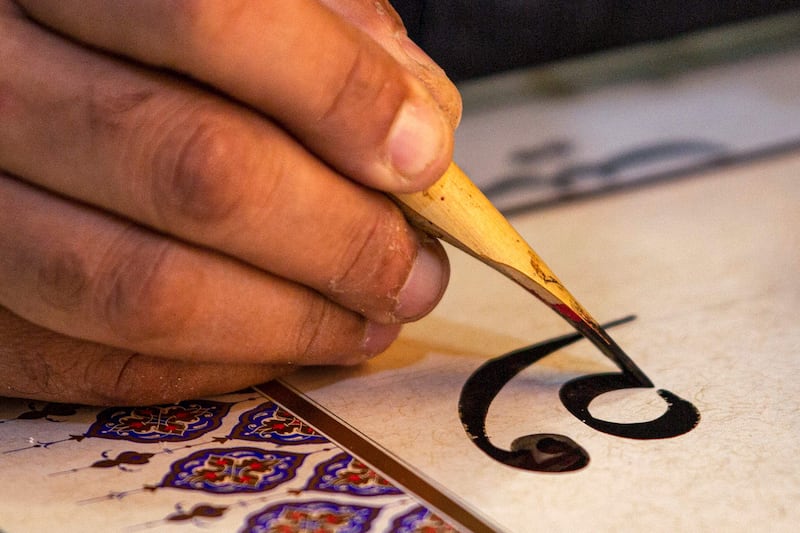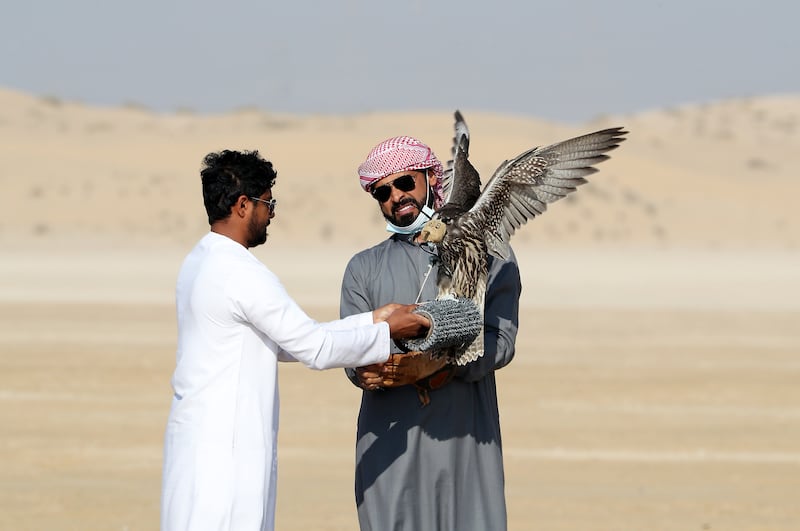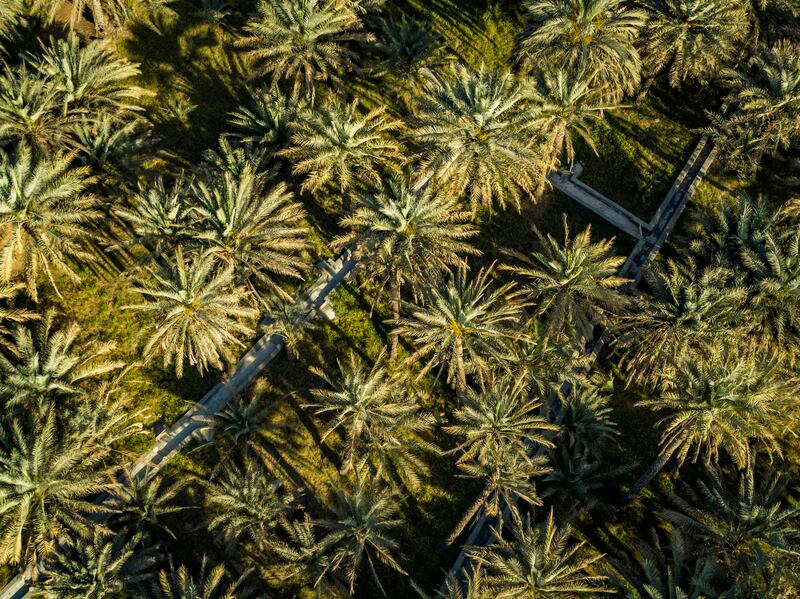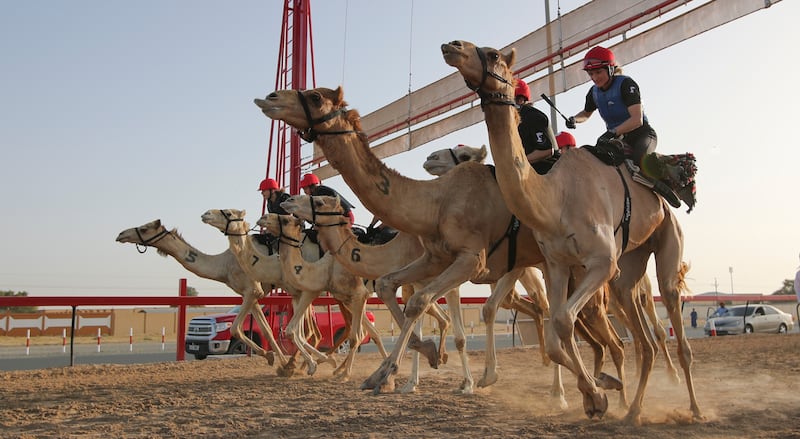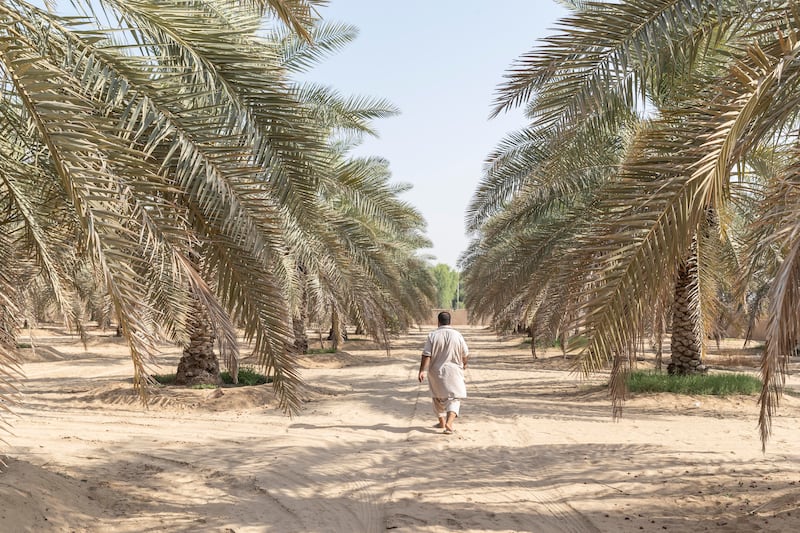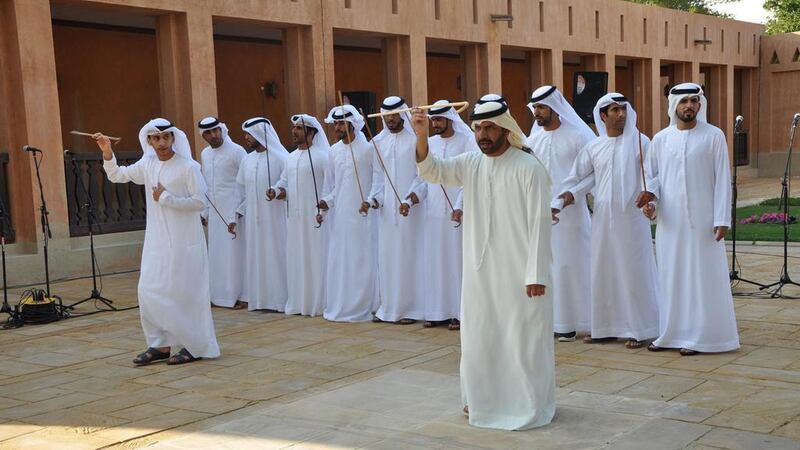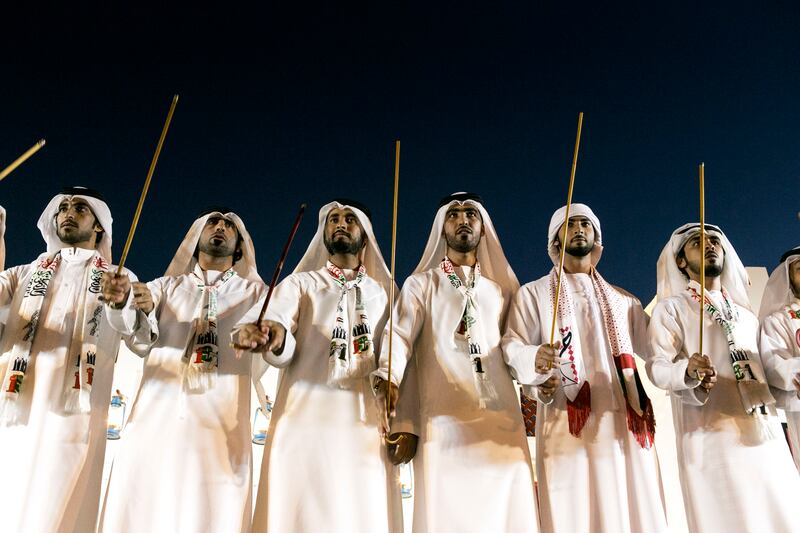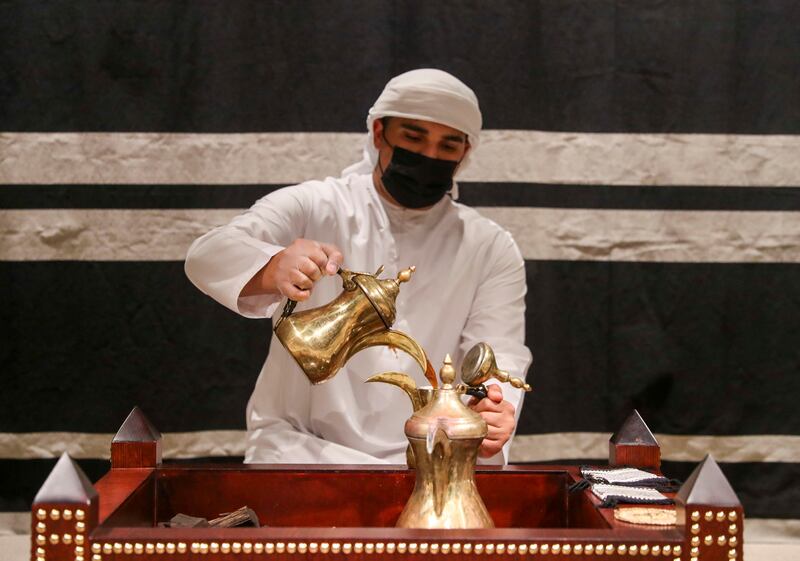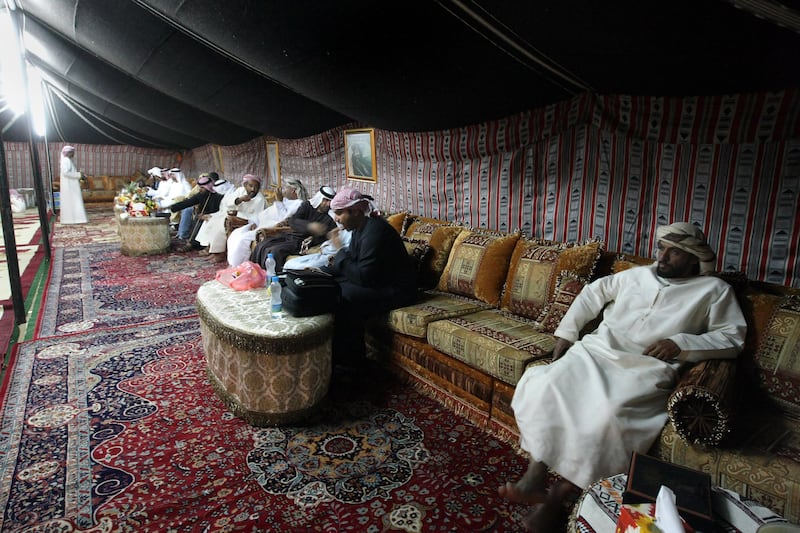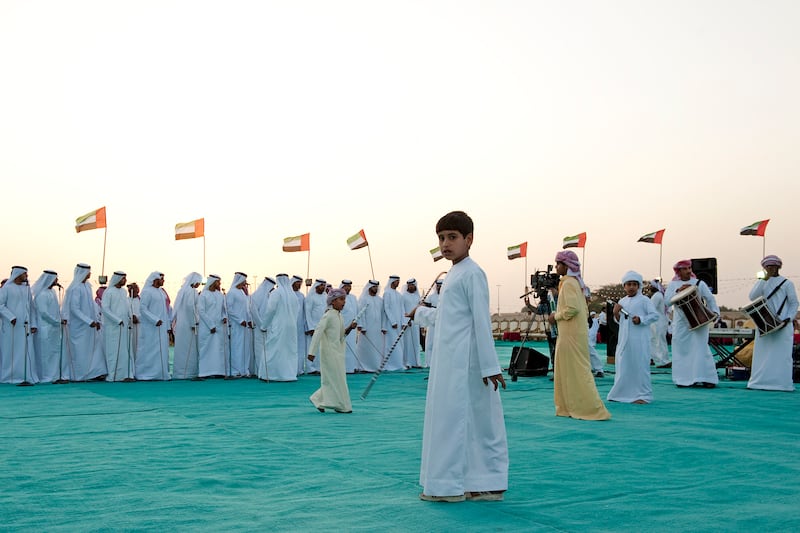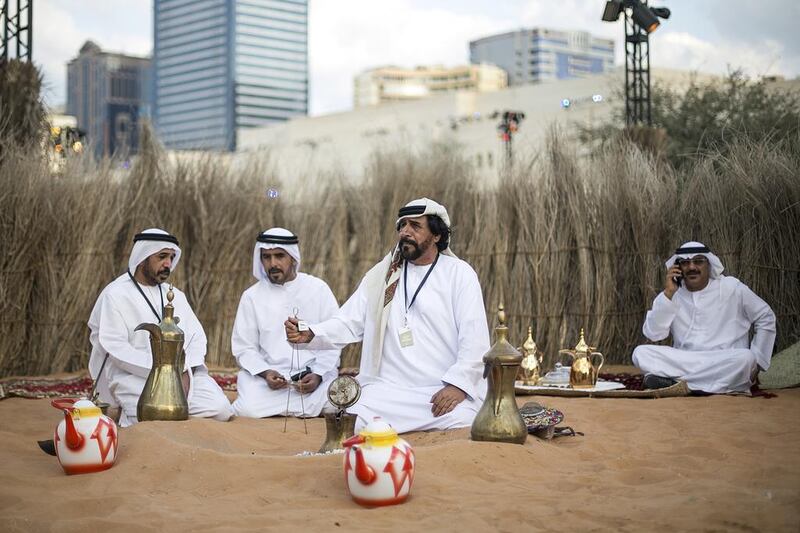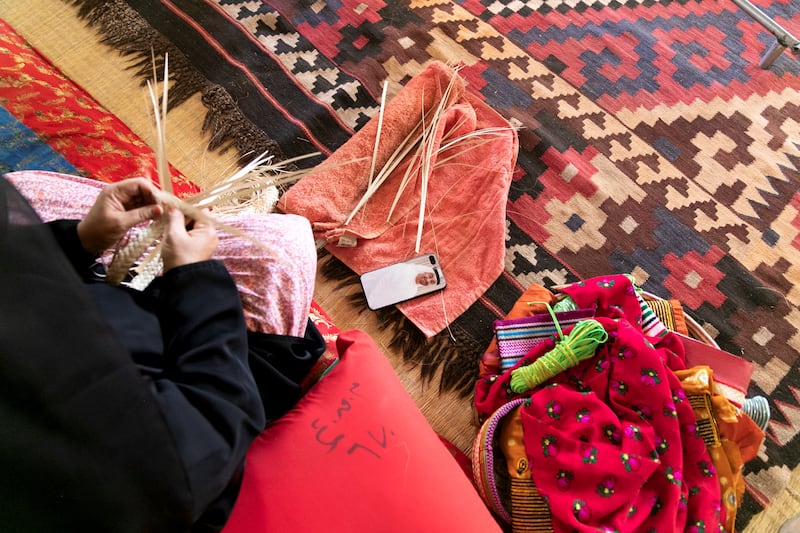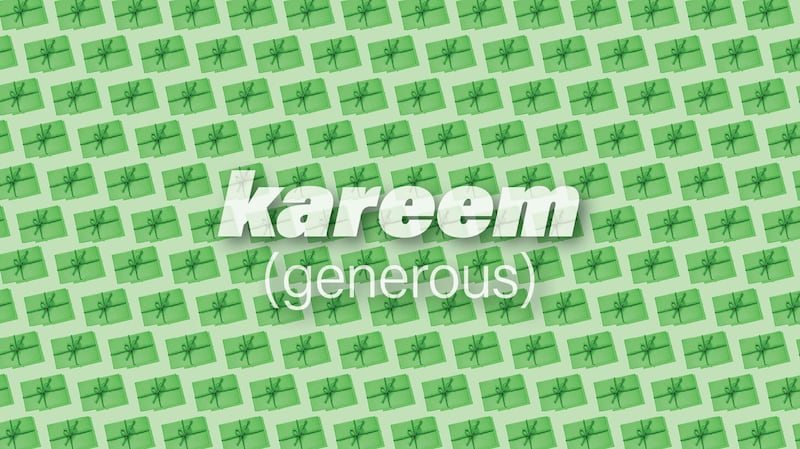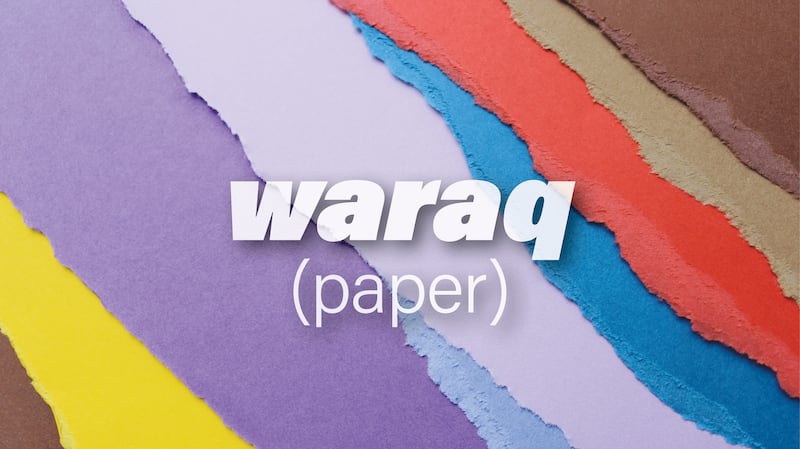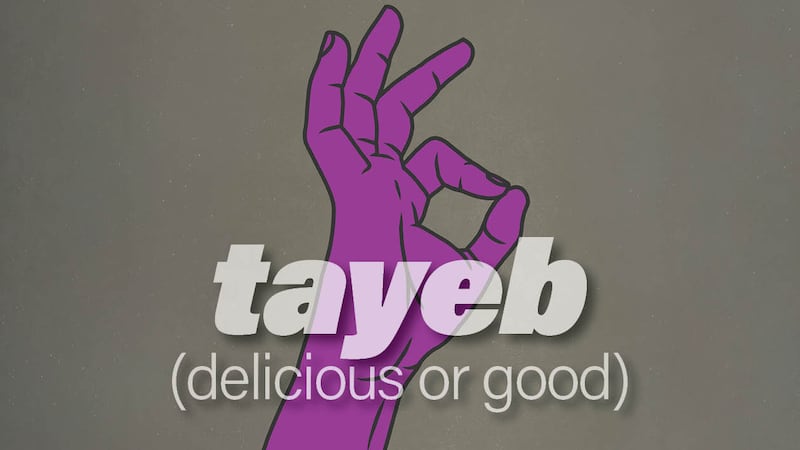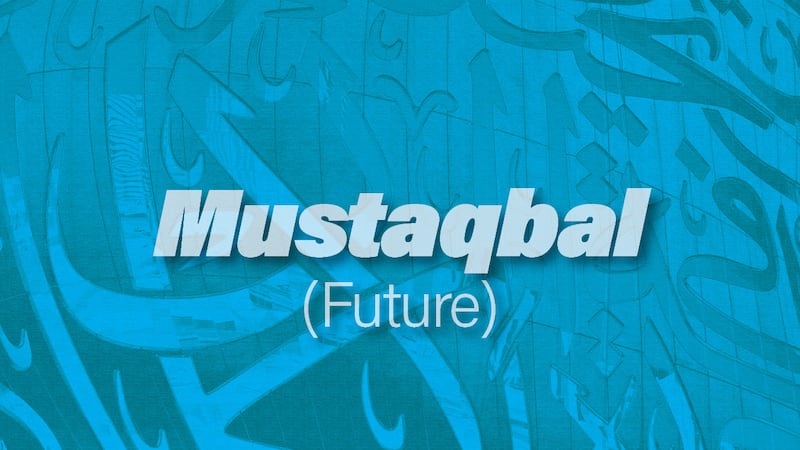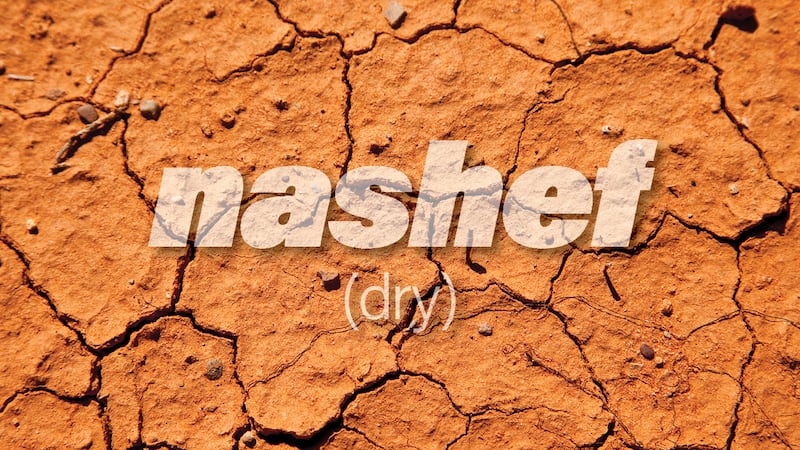The Arabic word of the week requires patience and guidance to hone, but can develop into a means of living and artistry.
Herfe is craft, trade or profession. But it is not like the way we think of a career or occupation (mihna) today. Historically, artisans, or herfiyoon, had to undertake years of apprenticeship under a master craftsperson before developing the skills necessary to start an independent practice. Of course, we could find an analogy in the contemporary academic setting, but a person’s herfe, especially in the Arab world, became such a defining facet that, generations later, we still find their descendants named after their trade.
As such, as we unpack some of the common heraf (plural of herfe), you might recognise some of the words as surnames of friends, colleagues and celebrities.
Najjar is carpenter. Khayat is tailor. Lahham is welder or butcher. Haddad is a blacksmith. Khabbaz is a baker. Halawanji is a person who makes sweets. Iskafi is a cobbler.
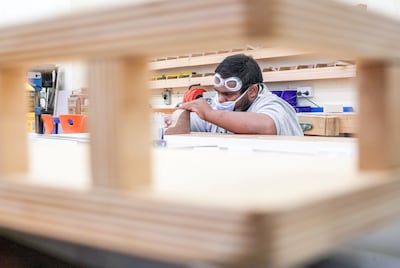
The arts are also considered heraf, including painting, or fann el rasem; sculpting, or alnahet; photography, or fann el tasweer; as well as khattat, or calligrapher.
But in some Arab countries the professions are known by other names. In Iraq, naqar is najjar. Ashkab is iskafi. Ashbar is khayyat.
The word herfe also gives us the opportunity to delve into the local crafts. In the Khaleej, these skills were developed over time as a direct result of need and demand. They also express a range of artistic sensibilities.
For instance, Bedouin in the UAE practised a traditional form of weaving called sadu, which uses the wool of sheep, camels and goats and incorporates intricate geometric designs that reflect social identity as well as the surrounding environment. The practice has been used to create traditional bait al shaar, a form of tent, as well as dividers inside. Camels were also fitted with vibrant and colourful accessories made of sadu.
In 2011, sadu was inscribed on the Unesco List of Intangible Cultural Heritage in Need of Urgent Safeguarding.
Scroll through the gallery below to see 12 UAE traditions on Unesco's list, including sadu
Khoos is another form of weaving that involves braiding palm fronds to form an object. The objects made often serve a functional purpose, such as the circular surood, on which food is placed, or the fan-like mahafah, used to cool oneself or fan a flame.
Another traditional craft is talli. A form of embroidery, talli involves using cotton or silk threads intertwined with gold and silver to decorate the collars, sleeves and hems of the kandura and thawb.
Then there is boat building, or herfet sinaat el sofon, which played a crucial role in helping develop trade relations across the Arabian Gulf and the Indian Ocean. The boats, which were used for pearling and fishing expeditions, made up the backbone of the local economy.
Finally, two sayings around the theme of herfe, both of which imply that an artisan rarely uses their skills for themselves: Bab el najjar makhloue, which translates to “the carpenter’s door is broken”; and bait el iskafi hafi, which translates as “the cobbler’s house is barefoot”.
Scroll through the gallery below to see The National's pick of Arabic words of the week


